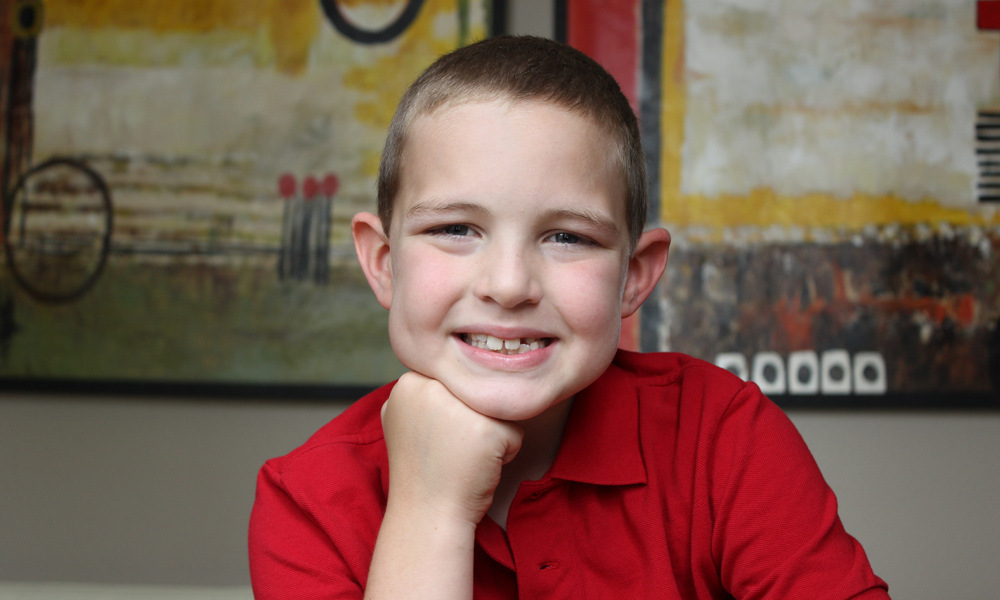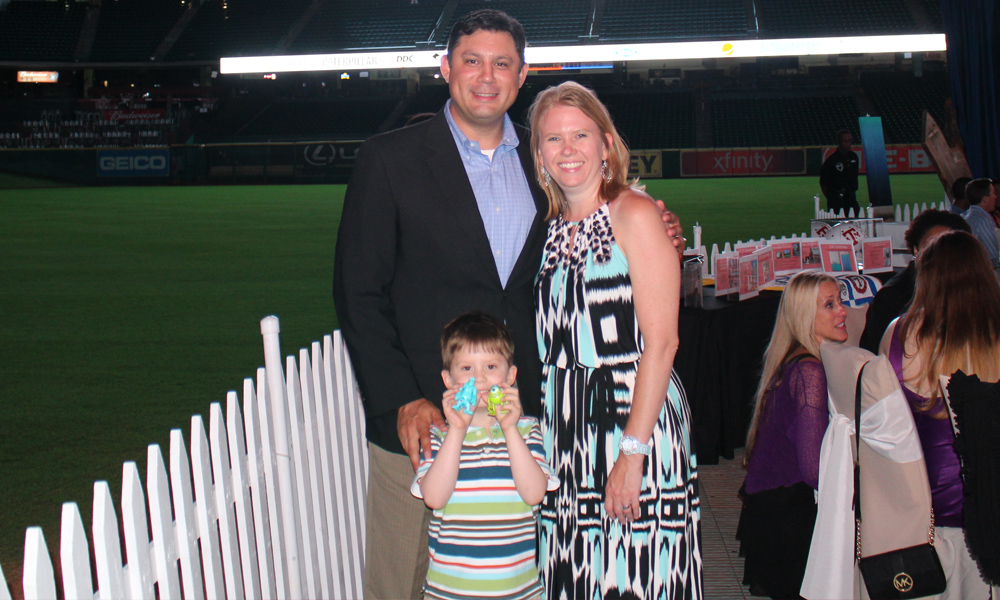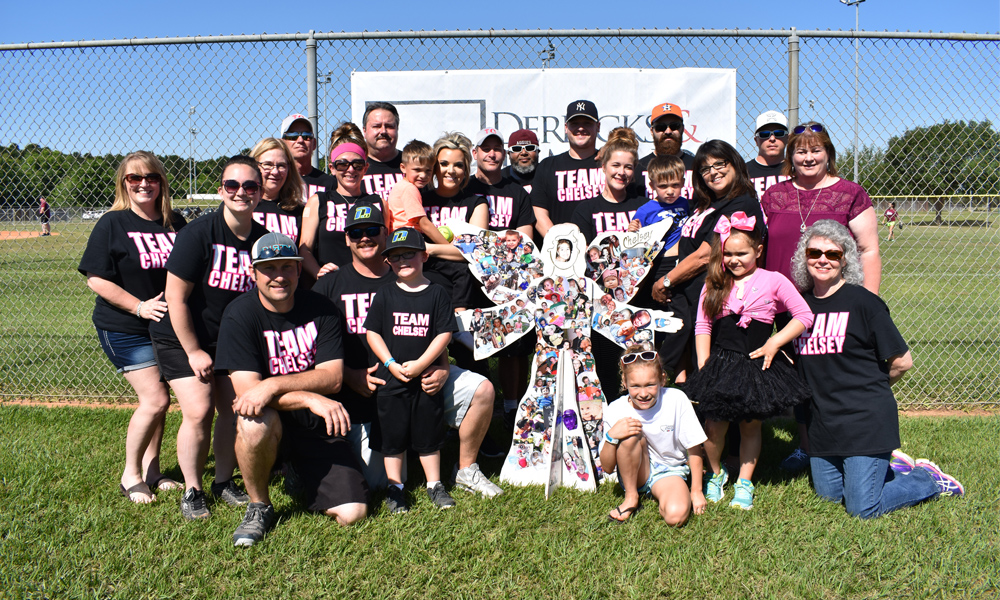Luke Guerrero
In early March 2013 we noticed that our generally energetic 3 1/2 year old little boy, Luke, was unusually lethargic. At the park, rather than climbing up the slide and jumping on the play structure Luke opted to lie down on a bench, completely out of character. He also began to look very pale. Luke's mother's intuition kicked in and we called the pediatrician and made an appointment just to check things out.
It was two days before we went in and in the meantime he began running a fever. At our appointment, the pediatrician sent us to the hospital for blood work and about the time we got home from doing the blood work, the phone rang. Our pediatrician told us we needed to go downtown to Texas Children's Hospital right away... Luke's blood work suggested Leukemia. As you can imagine, we were in shock. We numbly packed a hospital bag and drove down to Texas Children's Hospital, really having no idea what was going on or what to expect.
It was a Saturday, so we went in through the Emergency Room, but our pediatrician (Texas Children's Pediatrics) called ahead and they were expecting us. We were seen right away and a whirlwind of blood tests and physical exams ensued. Within a few hours our pediatrician's diagnosis was confirmed'Luke had Acute Lymphoblastic Leukemia (ALL).
We were admitted to the hospital and taken upstairs to a room, with the expectation that it would take a few days to determine exactly what we were dealing with. Genetic tests on the leukemia cells would be run to confirm Luke's exact type of leukemia, and a treatment plan put in place. By Monday morning, Dr. Judith Margolin and her fellow were ready to sit down with us and explain everything they knew about Luke's illness and how they planned to cure it. They had pages and pages of information on Luke's specific diagnosis and flow charts of treatment plans to go over with us. While it was all quite overwhelming, they were amazingly compassionate and patient with us as they explained what the next 3 years of treatment would look like.
I'll never forget Dr. Margolin's encouragement that day to remain strong and optimistic, as Leukemia is a curable disease. Luke began treatment right away, and was in full remission within 28 days! The chemotherapy worked great to kill the cancer, however, it damaged many of his organs. Luke suffered significant liver and pancreatic damage. We spent a large portion of March and all of April at the hospital. Luke turned out to be a rare case in terms of his response to chemo, as there were numerous side effects he suffered that they'd never seen before. The staff at Texas Children's Hospital was wonderful the entire time; leaving no stone unturned in terms of trying to determine what was causing his ailments, and ways they could help him and keep him comfortable, both physically and mentally.
By May, many of his side-effects were under control, and he was given a small treatment hiatus to allow his body to recover. Dr. Margolin reworked his treatment protocol in order to tailor it to his specific needs; and by June we were back on track with a revised treatment plan in place, moving from the main Texas Children's campus in the Medical Center, to the more convenient West campus located in Katy, Texas. Throughout the summer, Luke returned to the hospital roughly every 3 weeks for inpatient chemo. By the end of September he was finished with his inpatient chemo. He now returns to the cancer clinic about once a month for continued treatment as well as taking oral chemotherapy pills at home both daily and weekly.



